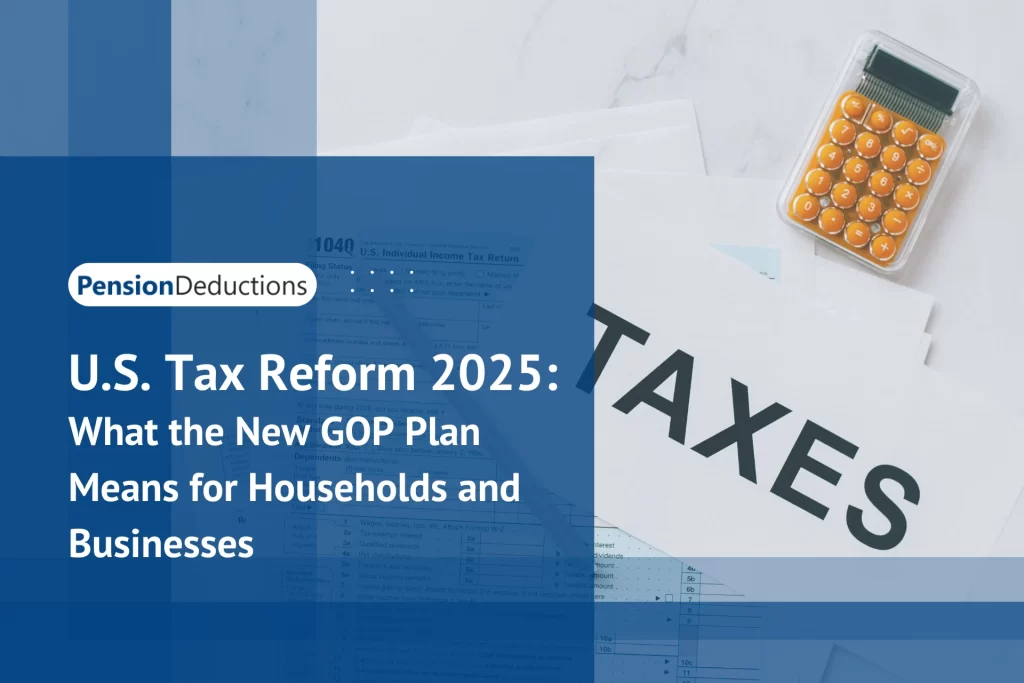In the dynamic landscape of small business finance, Cash Balance Plans emerge as a strategic tool for business owners aiming to secure financial stability and reap the benefits of tax-efficient retirement planning. Understanding the intricacies of these plans, especially the contribution limits, is crucial for small business proprietors seeking financial prosperity.
Navigating the Terrain: Cash Balance Plan Basics
Cash Balance Plans represent a hybrid retirement savings option that combines elements of both traditional pension plans and 401(k)s. Unlike traditional defined contribution plans, such as 401(k)s, Cash Balance Plans are defined benefit plans, ensuring a predetermined benefit at retirement.
Diving Deeper: The Mechanics of Cash Balance Plans
In a Cash Balance Plan, employers make annual contributions on behalf of each employee, calculated as a percentage of their salary. These contributions grow at a fixed rate, typically tied to Treasury securities. This unique structure provides employees with a steady accumulation of funds over the course of their career.
Understanding Contribution Limits: A Pivotal Aspect
While the allure of Cash Balance Plans lies in their ability to offer substantial retirement benefits, it is crucial to comprehend the contribution limits that govern these plans. Small business owners must navigate these limits strategically to optimize their retirement savings and tax advantages.
Maximizing Potential: Contribution Limits Unveiled
The Internal Revenue Service (IRS) sets the contribution limits for Cash Balance Plans. As of the latest guidelines, for the tax year 2023, the maximum annual contribution limit per participant stands at $100,000 – $350,000. This limit is subject to adjustments based on changes in the cost of living.
Strategic Considerations: Tailoring Contributions for Optimal Results
To fully capitalize on the benefits of a Cash Balance Plan, small business owners must carefully strategize their contributions. While the IRS stipulates a maximum limit, employers have the flexibility to contribute varying amounts to individual accounts, allowing for a nuanced approach tailored to the specific needs and financial goals of each employee.
Navigating Regulatory Landscapes: Compliance and Reporting
Ensuring compliance with regulatory requirements is paramount for the success of any retirement plan, including Cash Balance Plans. Small business owners must stay informed about the reporting obligations and responsibilities associated with these plans.
Dotting the I’s and Crossing the T’s: Compliance Essentials
The IRS mandates annual reporting for Cash Balance Plans, necessitating meticulous documentation and adherence to deadlines. Failing to meet these requirements could result in penalties, making it imperative for small business owners to establish robust systems for compliance.
Professional Guidance: Navigating the Complexities
Given the intricate nature of retirement plan compliance, seeking professional guidance from qualified financial advisors or consultants is a prudent step. These experts can offer invaluable insights, ensuring that small business owners not only meet regulatory obligations but also optimize their Cash Balance Plan contributions.
The Road Ahead: Future-Proofing Your Retirement Strategy
As small business owners delve into the realm of Cash Balance Plans, it is essential to adopt a forward-thinking approach. Anticipating future changes in business dynamics, employee demographics, and regulatory landscapes is key to maintaining a resilient retirement strategy.
Flexibility Matters: Adapting to Change
The flexibility inherent in Cash Balance Plans allows for adjustments in contribution strategies over time. Small business owners should periodically reassess their plans, considering factors such as company growth, changes in employee demographics, and evolving financial goals.
Staying Informed: A Continuous Endeavor
The financial landscape is ever-evolving, and small business owners must stay abreast of regulatory updates and industry trends. Regularly reviewing and, if necessary, adjusting Cash Balance Plan contributions ensures that businesses remain agile and responsive to the changing economic environment.
Conclusion: Navigating the Landscape with Confidence
In conclusion, mastering the intricacies of Cash Balance Plan contribution limits empowers small business owners to chart a course towards financial success and retirement security. By understanding the nuances of these plans, strategically maximizing contributions within regulatory limits, and staying vigilant in compliance efforts, businesses can create a robust foundation for the future.


